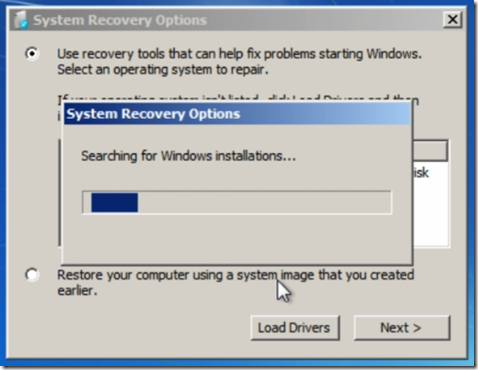
In a real world scenario you want to consider to put this somewhere else, but for demonstration purposes this should work. I used 7-Zip, but you can use any tool that allows you to extract data from an ISO file.Ĭopy the entire content from the ISO file to a folder called “ C:\DART”. But to boot DART form our local disk we must extract the content from that ISO file. When completed, you should get a “ERD65.ISO” file that you could burn to a DVD or connect in VMWare / Virtual PC to boot DART. Once installed launch the ERD Commander Boot Media Wizard.Īgain follow the instructions, it’s quite self explaining otherwise read the provided documentation. Just follow the instructions to complete the installation. To set this up I have used a VMWare virtual machine, very useful especially when you need to do a roll back because you messed up the BCD (it happened to me a few times).įirst we install the Microsoft Diagnostics and Recovery Toolset that is stored on the MDOP DVD on a Windows 7 client.
INSTALL MICROSOFT DART HOW TO
In a later post I plan to explain how to actually replace the Windows 7 default Recovery Environment with DART. Today I am going to show you how you can install DART on your local system and add an additional boot menu option. DART is a superset of the Windows Recovery Environment which is installed by default with Windows 7. One interesting concept they speak about is to deploy DART to the client so that it can be started through the Windows 7 Boot menu.


If you’re not familiar I recommend watching the TechEd presentation or read more here. The Microsoft Diagnostics and Recovery Toolset is part of the MDOP Toolset. Presentation video and slides from this session can be found here (TechEd USA) or here (TechEd Europe) Last weekend I went through the Microsoft TechEd 2010 presentations and one of the presentations that got my attention was “Keeping Windows Running Effeciently with the Microsoft Diagnostics and Recovery Toolset”.


 0 kommentar(er)
0 kommentar(er)
